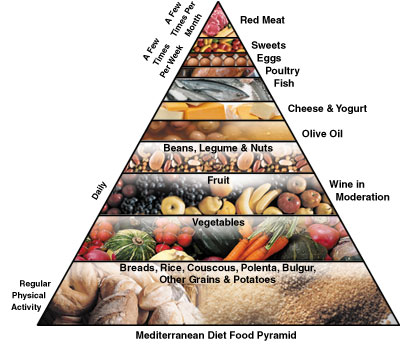The theory of goal setting suggests that setting goals can enhance a person’s motivation to change. The process of setting goals provides a sense of direction or purpose by narrowing attention towards a certain objective and directing all effort towards achieving that goal.
The SMART criteria are a mnemonic used to help set goals and objectives.
The SMART criteria are a mnemonic used to help set goals and objectives.
Rather than making a more general goal, be specific when you set your goal. Make sure that your goals are clearly outlined, unambiguous, and without any vague or elusive terms. For example, “I want to lose weight” is far too unspecific and should rather be phrased as “I want to lose 5kg of weight.”
Measurable
Concrete criteria for which to measure your progress against are vital. If a goal is not measurable, it is difficult to track progress and improvement. A goal that is measurable allows for you to keep track of behavior change and performance, and to see how effective your changes to your diet and lifestyle have been. Without feedback, it is difficult to adjust an eating plan or adapt and change the required behavior. Feedback also helps to motivate to continue towards reaching for a goal, and help sustain the motivation and commitment to that goal. It is important that feedback not focus solely on short-comings but be used to develop strategies to change behavior.
Is your goal Attainable? Setting goals unrealistic goals is setting yourself up for failure. Goals should neither by out of reach nor insignificant or pointless. A big part of making your goals attainable is to develop the skills, attitudes and abilities and behavioural change. Ask yourself, how can a goal be accomplished? Loosing 10kg in a week is not only close to impossible but also not long-term (or even healthy for that matter). Also, an unrealistic goal may make you believe that they have no chance of reaching that goal and therefore may not even try to achieve it.
Next, ask yourself if your goal is relevant and appropriate. A relevant goal will ask the question “does this seem worthwhile?” If you have already lost weight and reached your target goal to within a healthy BMI, is it really necessary to lose another 10kg? It may be necessary to re-frame your goal at this point and rather aim for decreasing your body fat percentage instead, or going to the gym one more time per week.
Set a time frame when you make your goal. Ground your goals with a target date to help commit to that deadline. Do you intend to achieve your goal in one week, month, or year?
“Nothing is impossible. The word itself says 'I'm possible."





